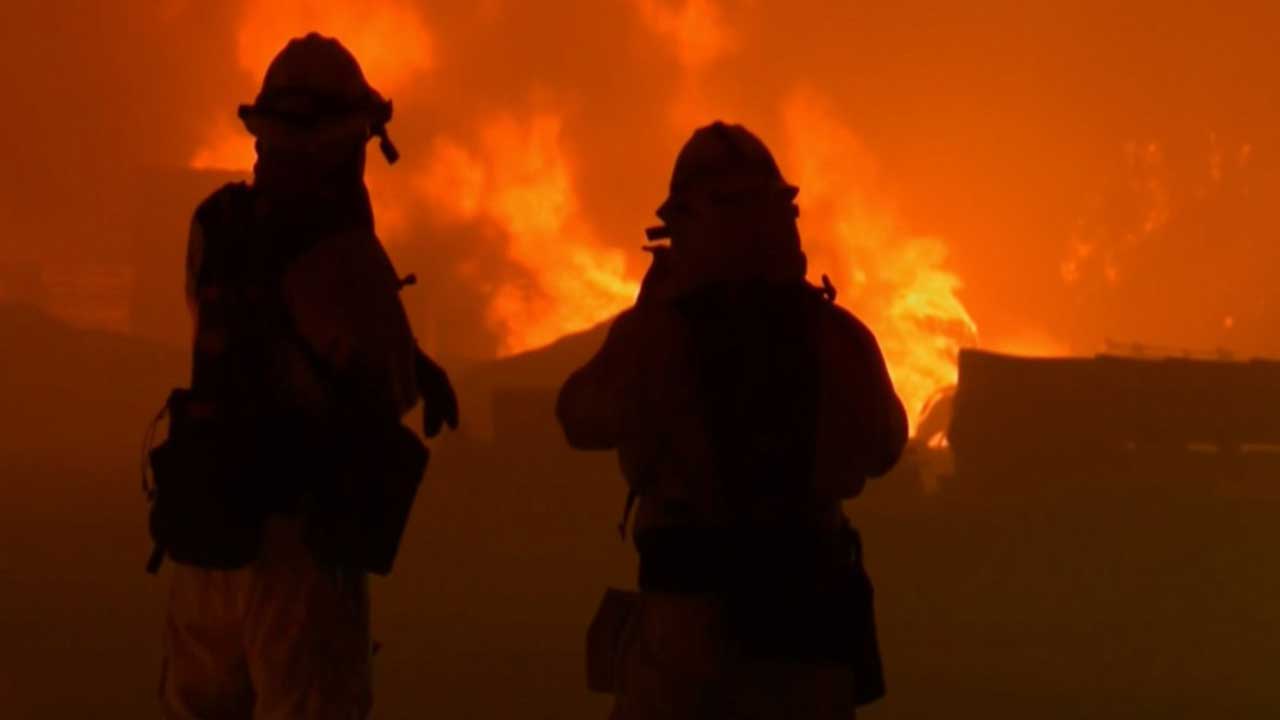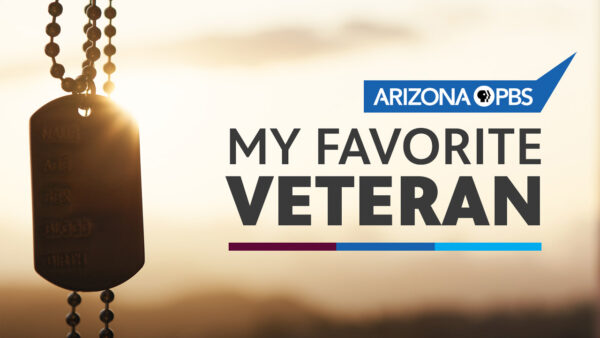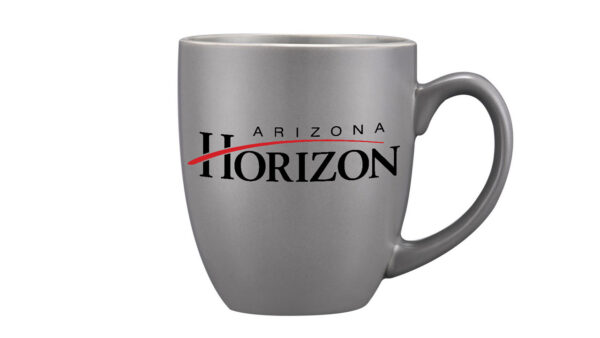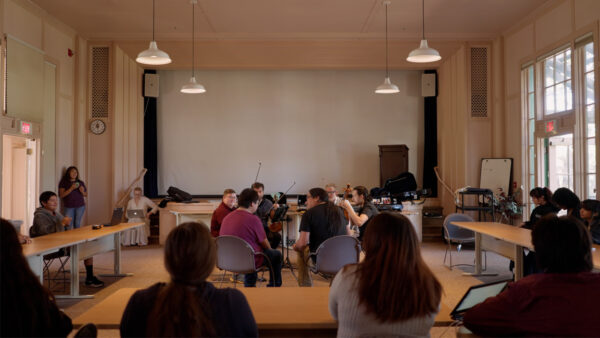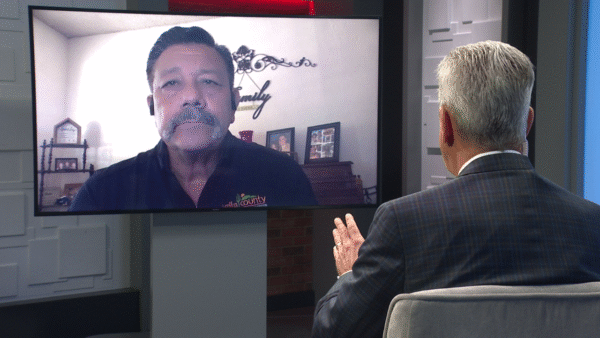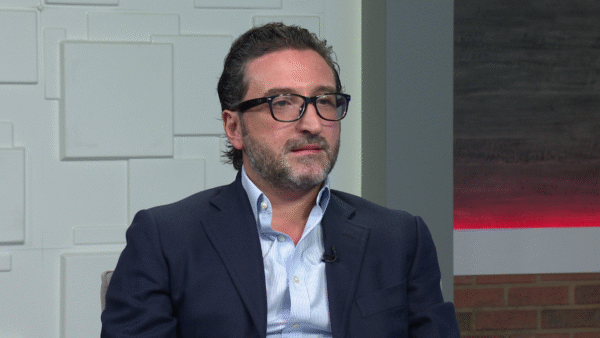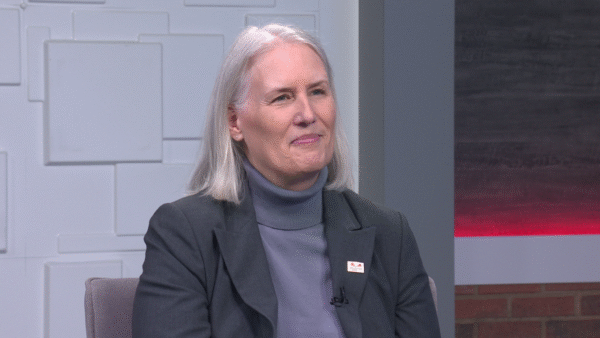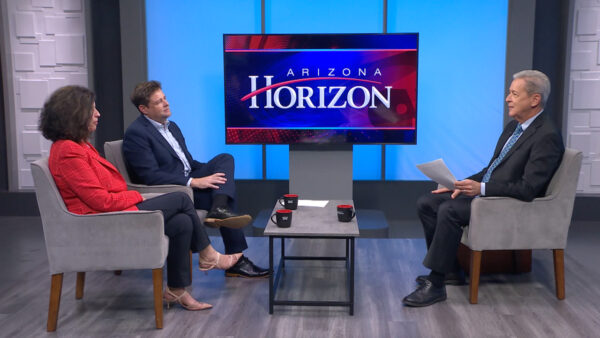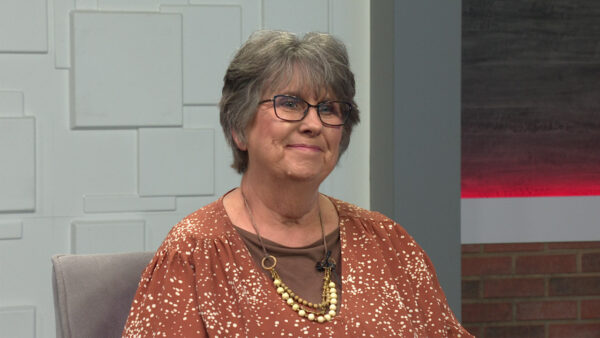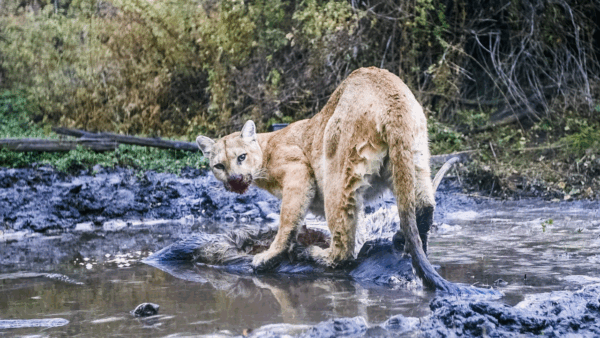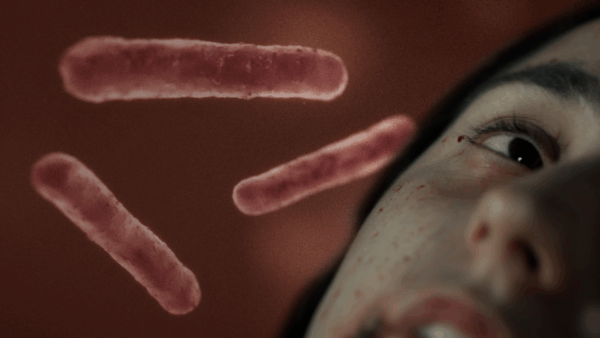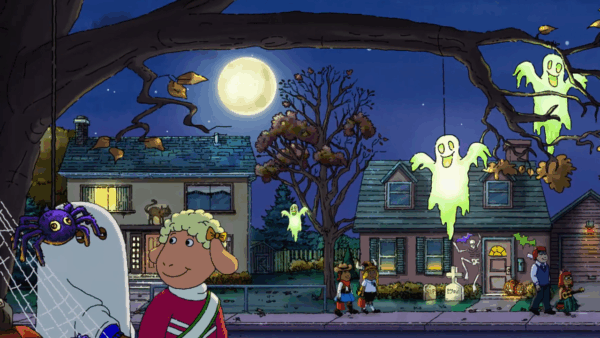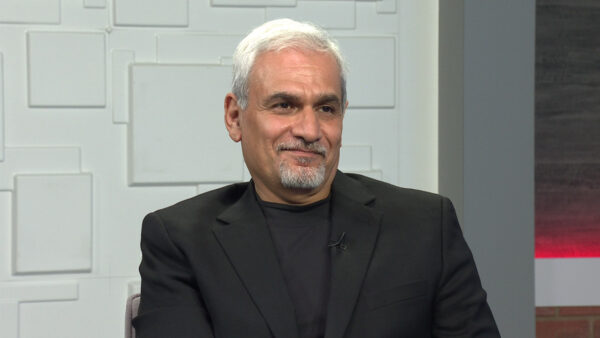Tuesday, July 6 at 9 p.m.
On November 8, 2018, the deadliest and most destructive fire in California history began. By the time it would finally be extinguished, the fast-moving Camp Fire had burned an area the size of Chicago, destroyed around 30,000 people’s homes, decimated the town of Paradise, and killed 85 people.
“Fire in Paradise” shares tales of both miraculous escape and unfathomable loss — and raises tough questions about who and what are to blame for the fire’s catastrophic toll. The documentary draws on firsthand accounts from survivors, first responders, and local authorities, as well as harrowing footage filmed by those in the path of the inferno.
“I told my husband, ‘I can’t run through fire,’” survivor Nichole Jolly tells “Frontline.” “And he said, ‘You’re going to have to.’”
The documentary paints television’s most comprehensive portrait of the fire’s record-breaking devastation. Paradise “looked like a war zone. It looked like bombs had been dropped,” Cal Fire Assistant Chief John Messina tells “Frontline.”
“Fire in Paradise” traces how the blaze was sparked by a failed power line belonging to the country’s largest energy company, PG&E — who had previously been warned that its transmission towers were aging and components might fail. The company has a long history of safety violations, and a criminal conviction for a gas explosion in 2010: “If PG&E was an individual and not a corporation, I think by now they would be in prison,” Russell Gold of The Wall Street Journal tells “Frontline.”
The film reveals how the blaze quickly overwhelmed the area’s firefighting resources — and how, even as the blaze hurtled towards Paradise at a rate of 80 football fields a minute, the town’s residents were being told the fire was not a danger when they called 911 to report smoke and ash. In fact, it wasn’t until after fire entered Paradise that the dispatcher on duty was told an evacuation order for the entire town had been issued.
“It breaks my heart that I and anybody else that was answering the phone that day was not able to give them more information, better information, faster information,” Carol Ladrini, the 911 dispatcher on duty in Paradise when the fire broke out, tells “Frontline,” speaking publicly for the first time.
The documentary also investigates why many residents weren’t officially alerted to evacuate until it was too late — if at all. The film examines the county sheriff’s office’s use of a zone-by-zone alert system that more than half of Paradise’s residents had not yet signed up for. Even many of those who had signed up didn’t get evacuation messages because the phone towers had burned down and service jammed.
“People expect if there’s an emergency they get notified,” says Christina Taft, whose mother died in the fire. “I think if we did have an order, it would have made a difference to my mom.”
As new fires currently rage in California, the film also examines how climate change has contributed to making fires bigger and more frequent. In fact, 10 of the 20 most destructive fires in the state’s history have happened in the last four years.
“This is not a static problem. We have a problem that’s going to grow worse inevitably over the next several decades,” says Michael Wara, Director of the Climate and Energy Policy Program at Stanford University’s Woods Institute for the Environment. “I don’t think anyone feels prepared for the kind of catastrophe that is possible now.”
